 One of my favorite hobbies of course is radio. I own a few.
One of my favorite hobbies of course is radio. I own a few.
I think the most interesting “radios” are RTL-SDR devices. The RTL stands for Realtek (which is the chipset) and SDR stands for Software Defined Radio.
They only cost a few bucks for a “generic” one and there are more sensitive and selective ones that cost bigger bucks.
Essentially if it is a radio signal of some kind, with a $20 USB Software Defined Radio you can listen to or decode a multitude of radio traffic/chatter. In fact it seems darn near illegal, and sometimes it is. I have other blog pages with this information but I’m just going to re-hash what I’ve been up to this week.

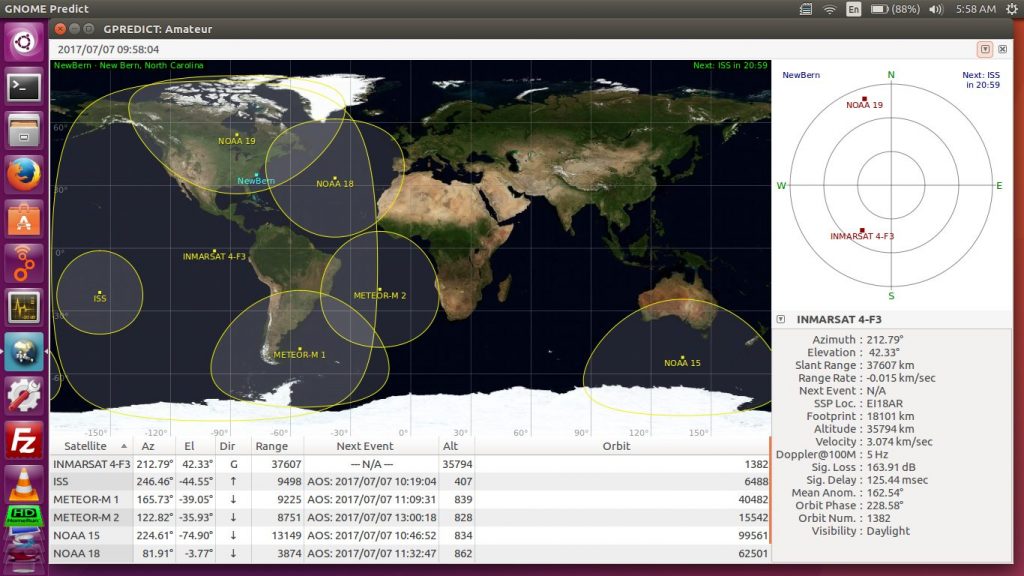
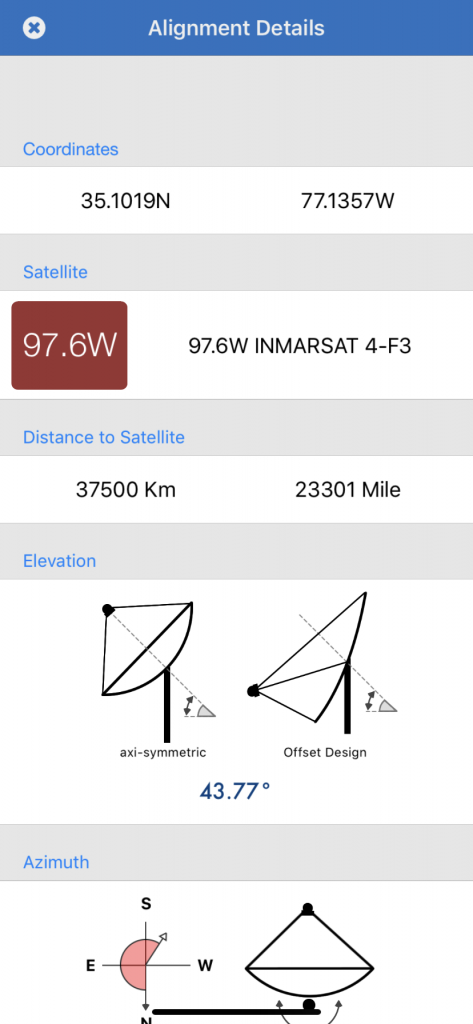
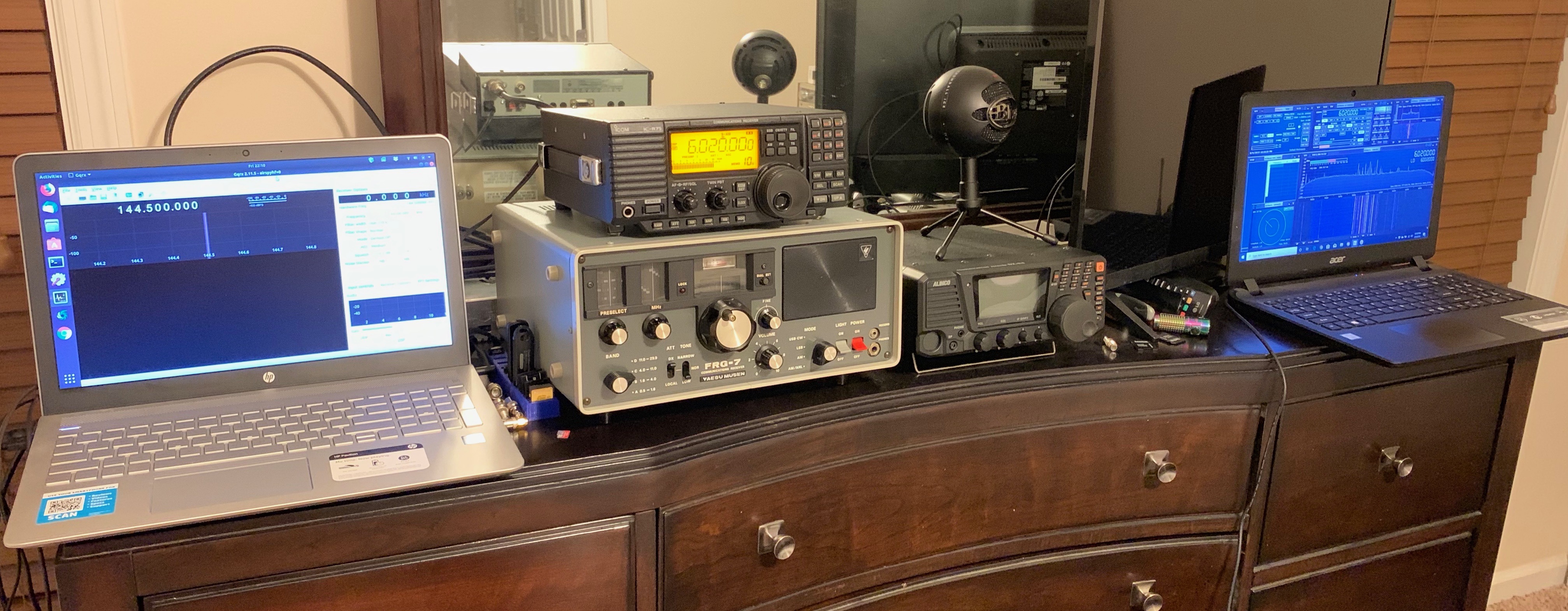 Radio. It’s an interesting medium. From Edison to Marconi it has been with us since the late 1800’s. Among the first wireless, commercial transmissions were referred to as Marconi-grams.
Radio. It’s an interesting medium. From Edison to Marconi it has been with us since the late 1800’s. Among the first wireless, commercial transmissions were referred to as Marconi-grams.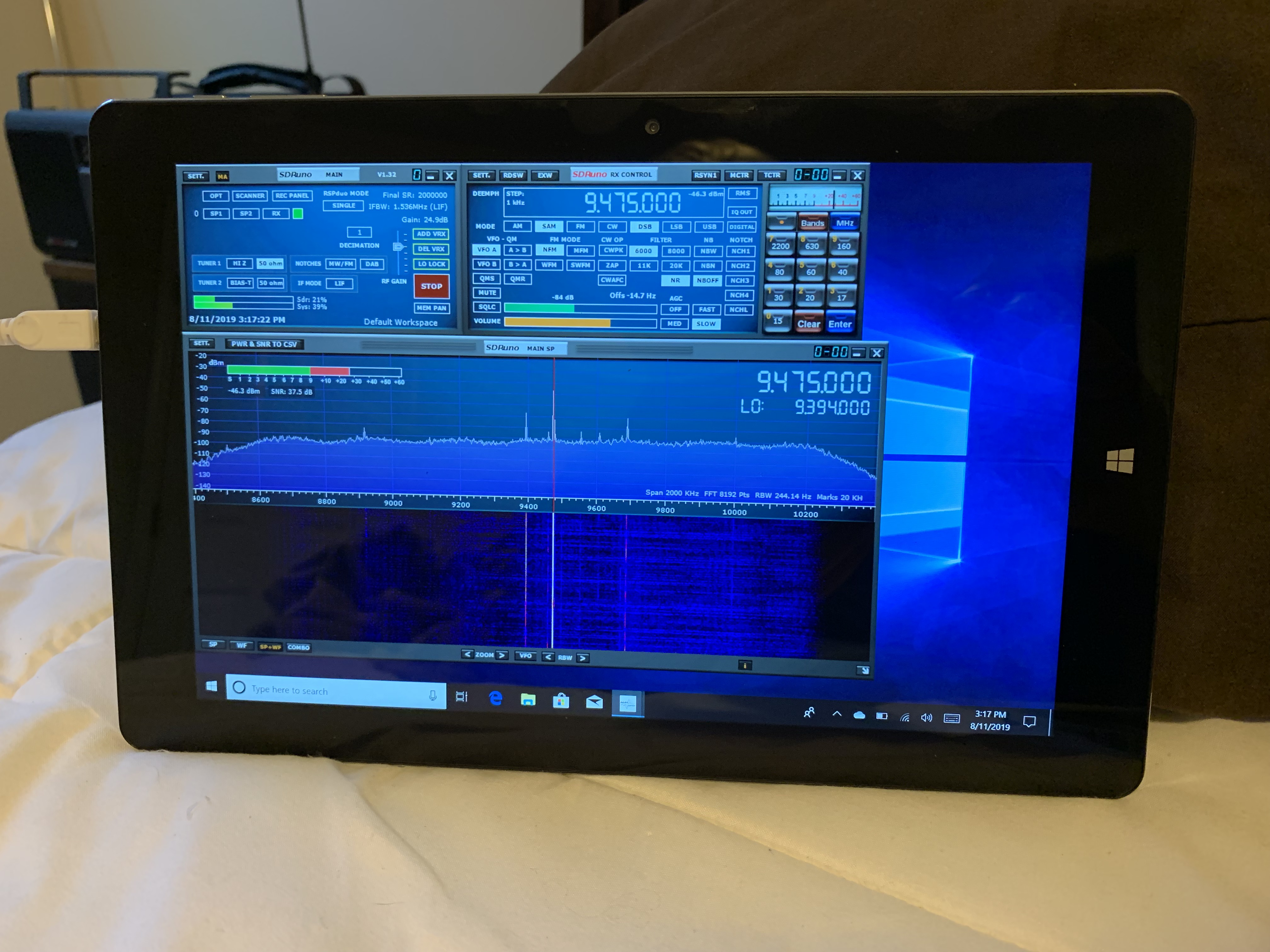 This is a review for a
This is a review for a 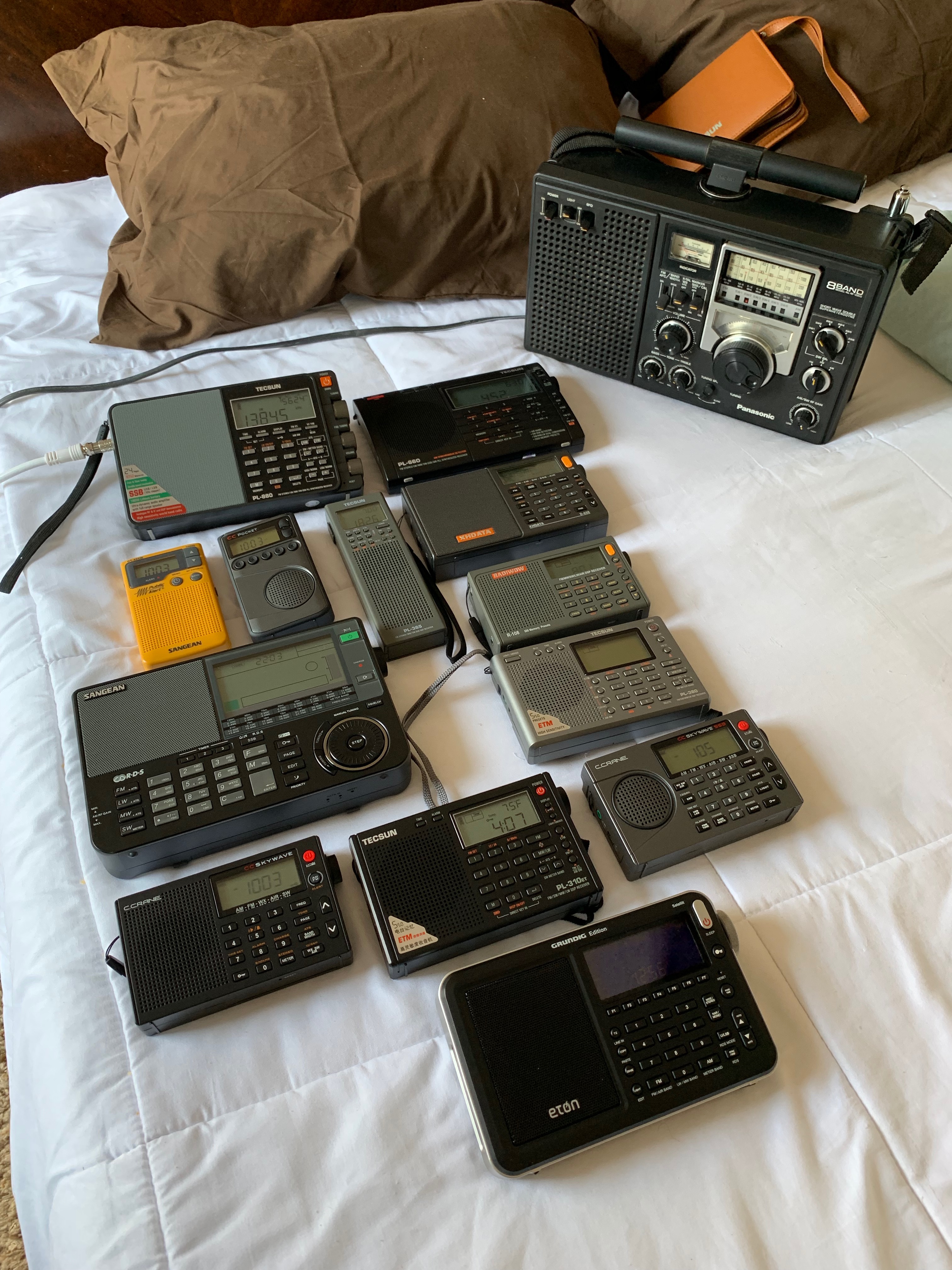
 Ok, I’m late to the show. Really, really, really late to the show as this receiver has been out of production for a while. I know.
Ok, I’m late to the show. Really, really, really late to the show as this receiver has been out of production for a while. I know.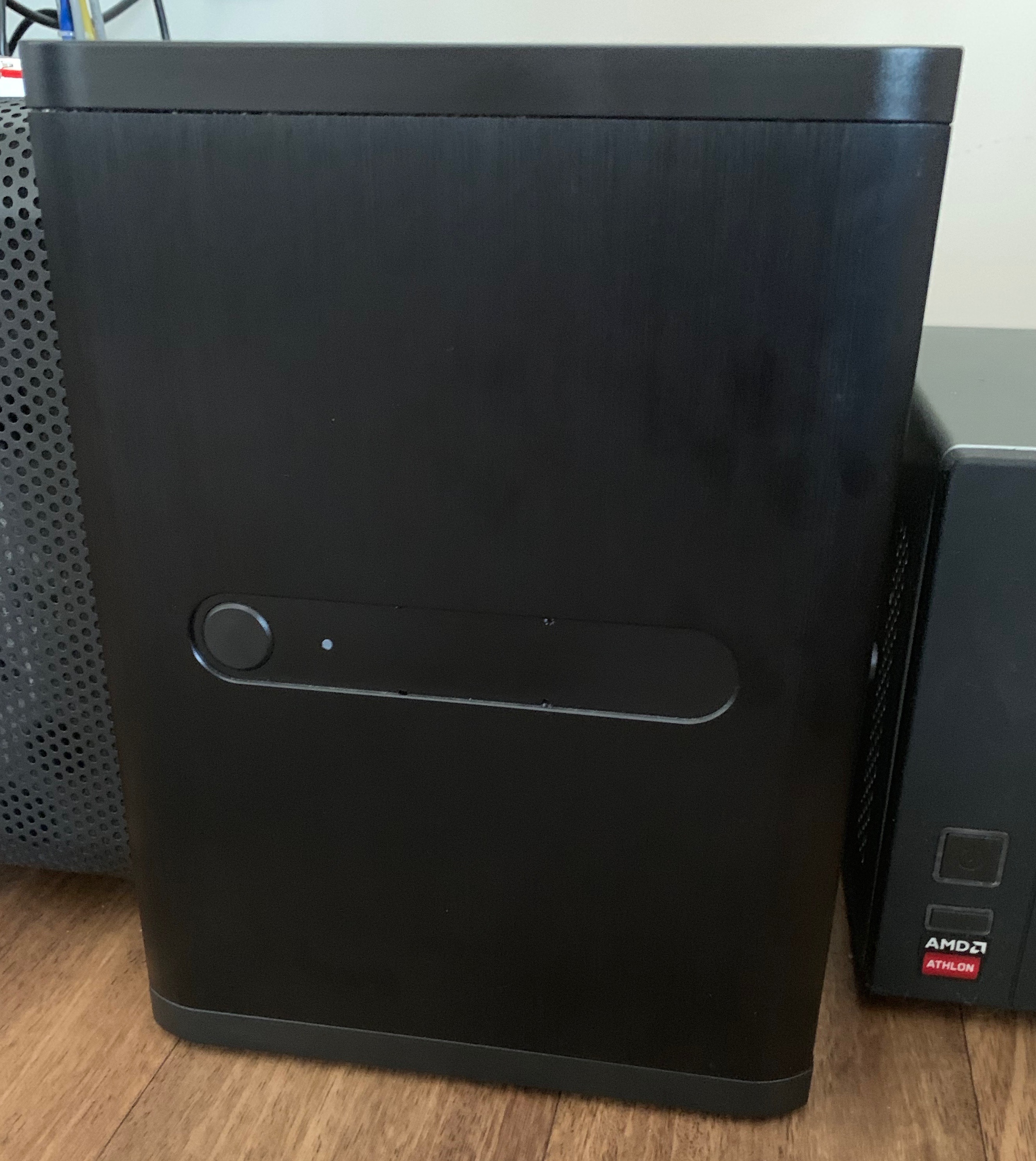 And of course I’m using the operating system
And of course I’m using the operating system 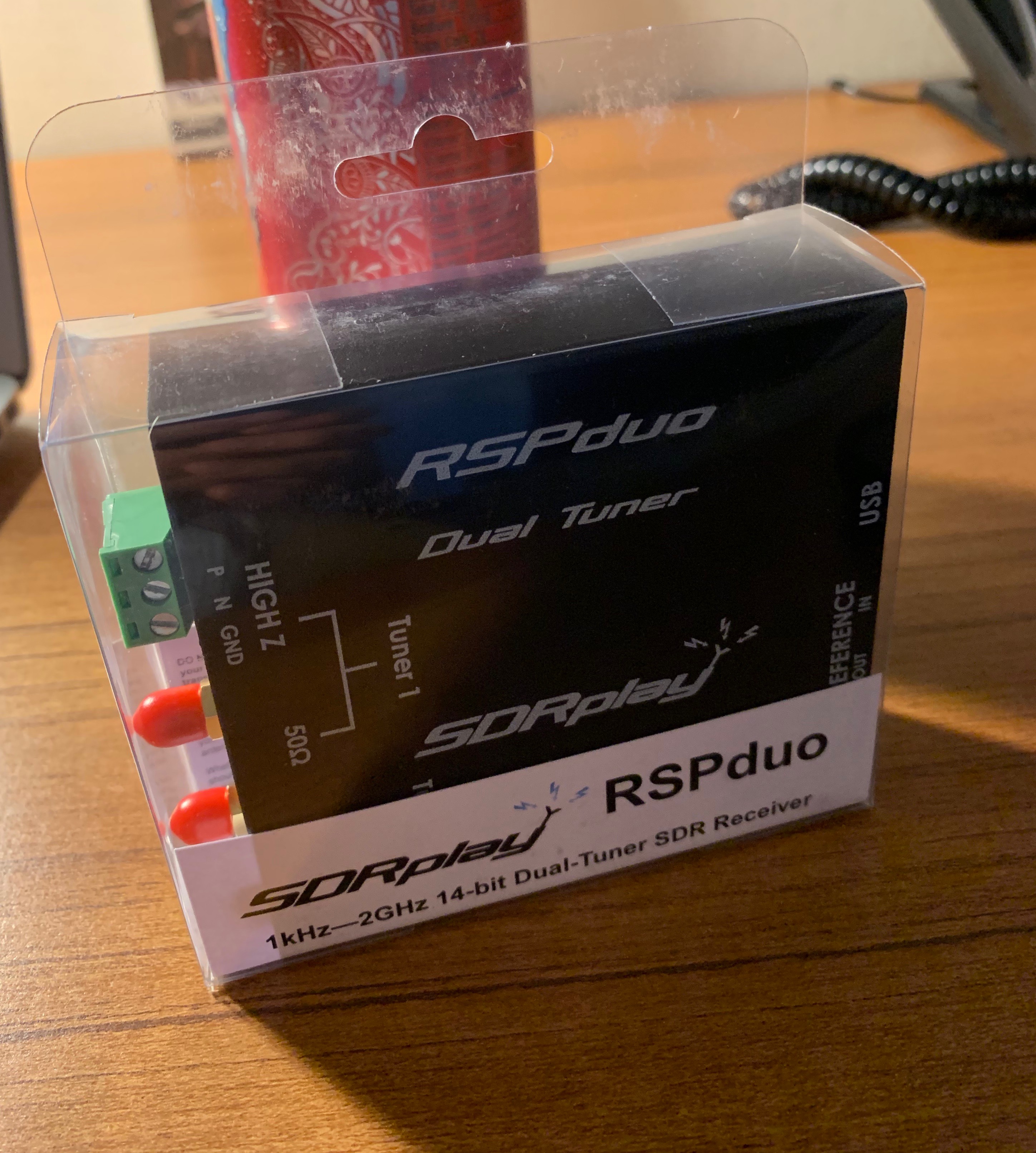 I’ve had my
I’ve had my 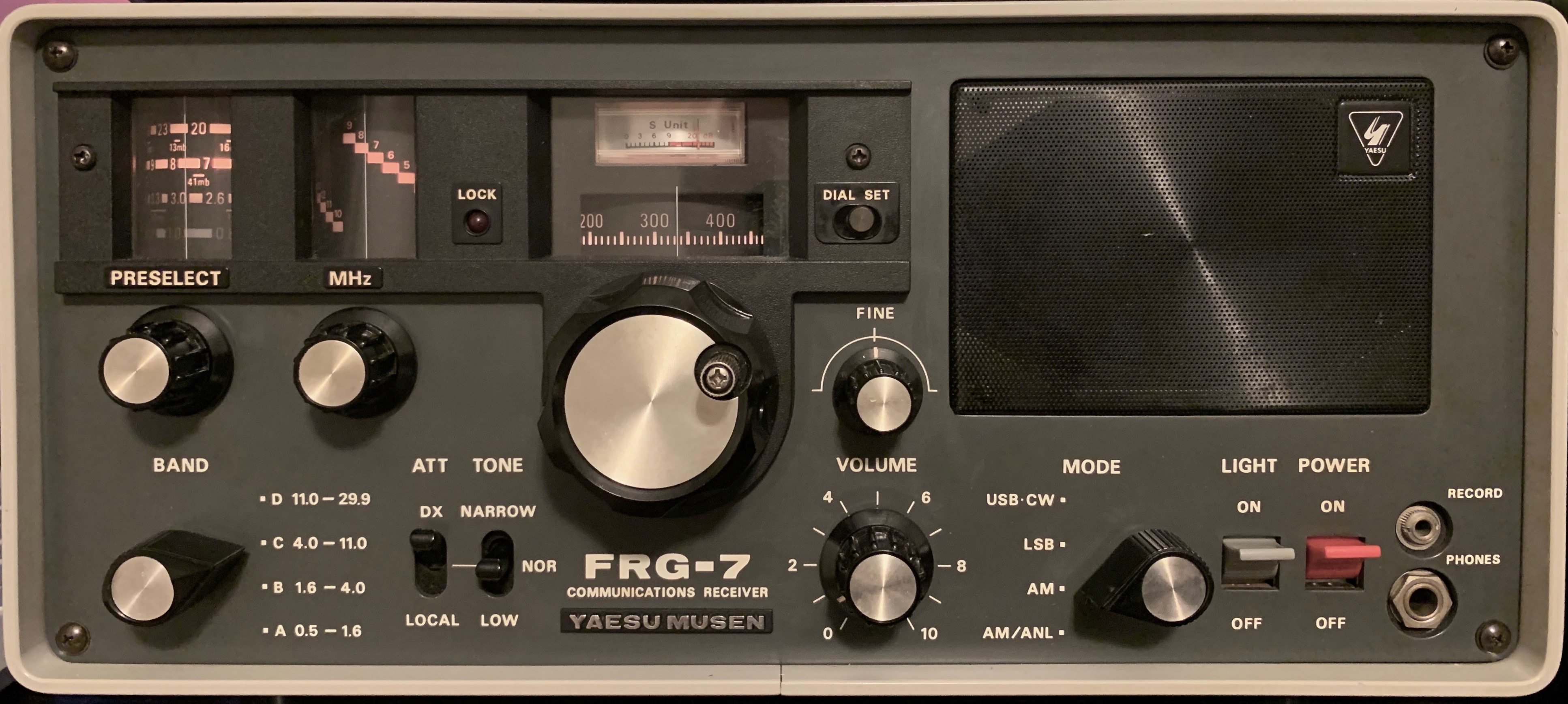 Here on my Tech Blog I really long to be on the cutting edge…..I like to discuss new technology, and how to exploit that technology. But let’s make no doubt about it, I’m old school. The Yaesu FRG-7 Short Wave Receiver fits into that niche perfectly.
Here on my Tech Blog I really long to be on the cutting edge…..I like to discuss new technology, and how to exploit that technology. But let’s make no doubt about it, I’m old school. The Yaesu FRG-7 Short Wave Receiver fits into that niche perfectly.